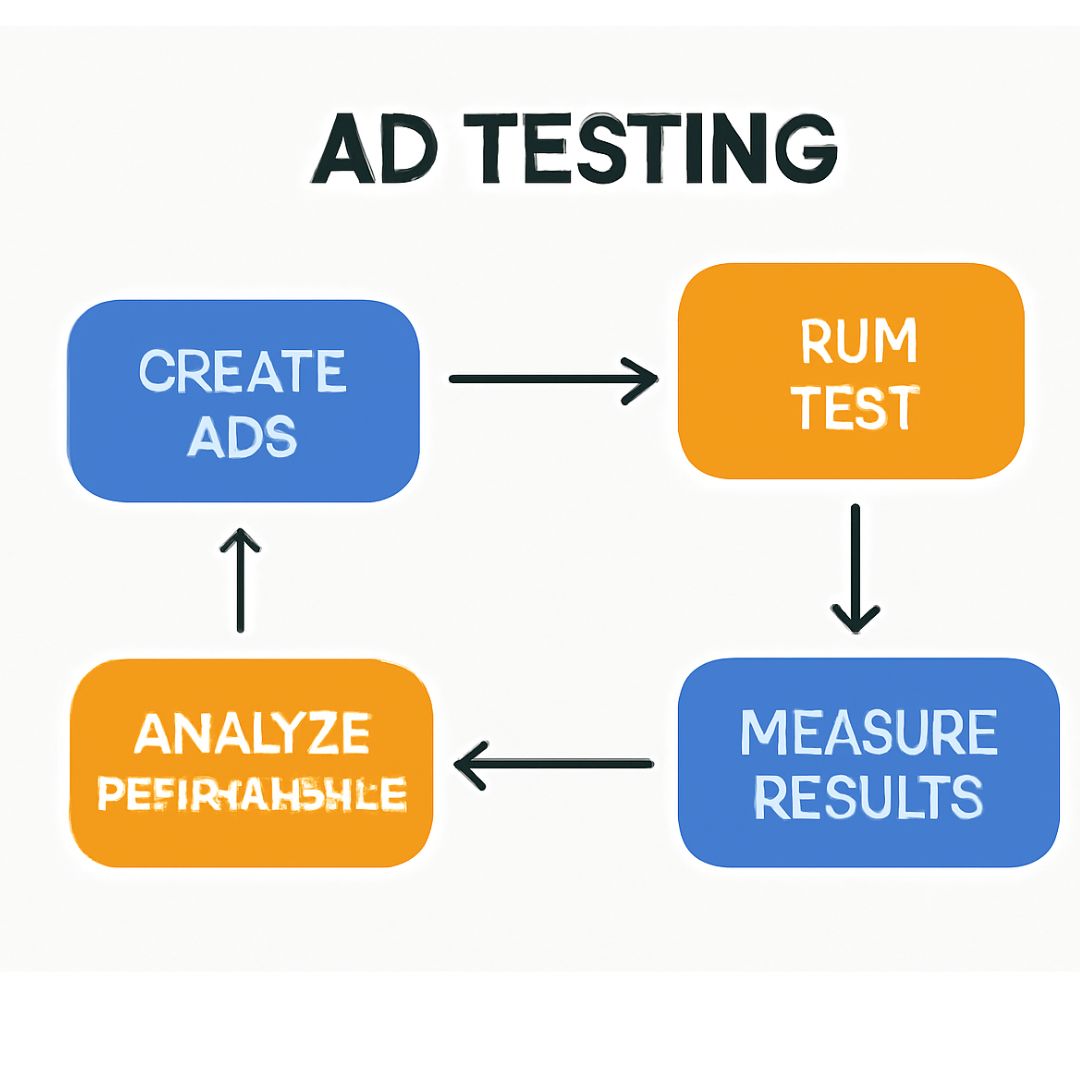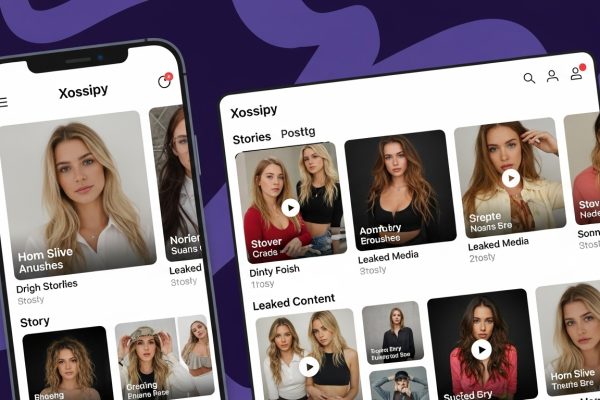In the competitive world of digital advertising, maximizing your return on investment (ROI) is essential for business success. Ad testing has become an invaluable tool for ensuring that your marketing efforts deliver the best results across different platforms. With the rise of advanced technologies such as artificial intelligence (AI), ad testing has evolved, allowing businesses to optimize their campaigns and improve performance in real-time. In this blog, we will explore ad testing strategies that help maximize ROI, discuss the role of AI ad testing, and highlight the benefits of using an ad testing platform to streamline the process.
What is Ad Testing?
Ad testing is the process of experimenting with different ad elements to determine which variations perform best. This includes testing aspects like the headline, copy, images, calls to action (CTAs), and even the overall design. By running multiple versions of an ad, businesses can identify which elements resonate most with their target audience, leading to higher engagement and conversions.
Whether it’s a display ad, social media ad, or search engine ad, testing allows you to understand what works, what doesn’t, and how to optimize your campaigns for better results.
Why is Ad Testing Important?
Ad testing is crucial for several reasons:
- Improves Performance: By testing different variations, businesses can discover which ads yield the highest engagement and conversions. This helps improve the overall performance of ad campaigns.
- Maximizes ROI: Effective ad testing helps identify the most profitable ad strategies. By investing in the best-performing ads, businesses can allocate their budget more efficiently, maximizing ROI.
- Reduces Waste: Testing allows businesses to avoid spending on underperforming ads. Instead of guessing which ad will work, businesses can use data-driven insights to make informed decisions.
- Personalization: Ad testing helps identify what appeals most to your target audience, enabling you to personalize your ads for maximum impact.
AI-Powered Ad Testing: A Game Changer in Campaign Optimization
As businesses increasingly turn to AI-powered ad testing, the process of optimizing ads has become more efficient and data-driven. AI can automate many aspects of ad testing, analyze vast amounts of data, and provide real-time insights that help businesses improve their campaigns.
Key Benefits of AI-Powered Ad Testing
- Personalization at Scale: AI allows businesses to personalize ads for individual users based on their behaviors, interests, and preferences. This level of personalization leads to more relevant ads and higher engagement.
- Advanced Analytics: AI can analyze data from multiple sources and touchpoints, providing deeper insights into what drives customer interactions. With AI-powered ad testing, businesses can uncover patterns and trends that would be difficult to spot manually.
- Efficient Budget Allocation: AI can predict the performance of ads across different platforms, helping businesses allocate their advertising budget to the best-performing ads, ensuring maximum ROI.
By incorporating AI-powered ad testing into your strategy, businesses can streamline the testing process, reduce manual work, and gain more accurate and actionable insights.
Leveraging an Ad Testing Platform
An ad testing platform is a tool that allows businesses to create, manage, and test multiple versions of their ads across different platforms. These platforms offer advanced features such as A/B testing, multivariate testing, and real-time reporting, making it easier to test ads at scale and optimize campaigns.
How an Ad Testing Platform Works
- Create Multiple Variations: With an ad testing platform, businesses can create different versions of an ad by altering various elements such as the headline, CTA, imagery, and targeting options.
- Test Across Platforms: Many ad testing platforms allow businesses to test their ads on multiple platforms (e.g., social media, search engines, display networks) simultaneously. This ensures that ads are optimized for each platform’s unique audience and format.
- Analyze Results: Once the ads are live, the platform tracks performance metrics such as click-through rates (CTR), conversion rates, and return on ad spend (ROAS). This data is used to identify the best-performing ad versions.
- Optimize Campaigns: The platform provides insights into which ads are performing well and which ones need improvement. With this data, businesses can tweak their ads to improve performance and drive better results.
Benefits of Using an Ad Testing Platform
- Scalability: Ad testing platforms make it easy to scale testing across different channels and audiences, ensuring that businesses can optimize their ads at a large scale.
- Time-Saving: Automating the process of ad testing through a platform saves time compared to manual testing and optimization, allowing businesses to focus on other areas of their campaigns.
- Comprehensive Reporting: Most ad testing platforms offer detailed reporting and analytics that provide valuable insights into ad performance, making it easier to make data-driven decisions.
- Collaboration: Ad testing platforms often include collaboration features, allowing teams to work together seamlessly in creating, testing, and optimizing ads.
By using an ad testing platform, businesses can streamline their testing process, save time, and improve the accuracy of their campaigns.
AI Market Research: Enhancing Ad Testing with Data-Driven Insights
AI market research plays a significant role in improving the effectiveness of ad testing. AI tools can analyze customer behavior, preferences, and trends, providing valuable insights that help optimize ad campaigns.
How AI Market Research Enhances Ad Testing
- Audience Insights: AI-driven market research helps businesses understand their target audience better. By analyzing data from various touchpoints, AI can identify customer segments, preferences, and behaviors, which can then be used to create more targeted and effective ads.
- Predictive Analytics: With AI, businesses can predict the future success of an ad based on historical data. By forecasting trends and behaviors, AI-powered ad testing can provide recommendations on which ads are likely to perform best.
- Sentiment Analysis: AI market research tools can analyze customer sentiment through social media, reviews, and feedback. This helps businesses understand how customers feel about their ads and whether adjustments are needed.
- Optimization Recommendations: Based on the insights from AI market research, businesses can receive actionable recommendations to optimize their ads for better performance, ensuring that each ad is tailored to meet the audience’s needs.
AI’s role in ad testing helps businesses take a more informed and data-driven approach to their campaigns, ensuring better results and higher ROI.
Ad Testing Strategies to Maximize ROI
To maximize the ROI of your ad campaigns, it’s essential to adopt effective ad testing strategies. Below are some strategies to ensure that you are testing your ads in the most efficient and impactful way.
1. A/B Testing
By comparing two versions of an ad, businesses can determine which one resonates more with their target audience. Testing one element at a time—such as the headline, image, or CTA—helps isolate the impact of each element on the ad’s performance.
2. Multivariate Testing
This allows businesses to understand how different combinations of elements impact the overall performance of the ad. While more complex, multivariate testing provides deeper insights into the effectiveness of various ad components.
3. Optimize for Each Platform
Different advertising platforms have unique audience behaviors and formats. Ad testing should be tailored to each platform to ensure the ads are optimized for their specific audience and format. Testing on multiple platforms simultaneously ensures that ads are effective across channels.
4. Set Clear Goals and KPIs
To maximize ROI, it’s important to set clear objectives for each ad campaign. Whether it’s increasing brand awareness, generating leads, or driving conversions, setting specific key performance indicators (KPIs) allows businesses to measure the effectiveness of each ad and make adjustments accordingly.
Conclusion
Effective ad testing is essential for maximizing ROI across advertising platforms. By leveraging journey analytics, customer journey testing, and AI market research, businesses can optimize their campaigns, identify pain points, and improve customer engagement. Implementing the right ad testing strategies—such as A/B testing, multivariate testing, and platform-specific optimization—ensures that businesses are spending their advertising budget wisely and driving the best possible results.
By continuously testing and refining ads, businesses can stay ahead of the competition, deliver better customer experiences, and achieve higher ROI on their ad spend. With the help of AI-powered ad testing and advanced ad testing platforms, businesses can streamline their testing process, save time, and optimize their ad campaigns for long-term success.






